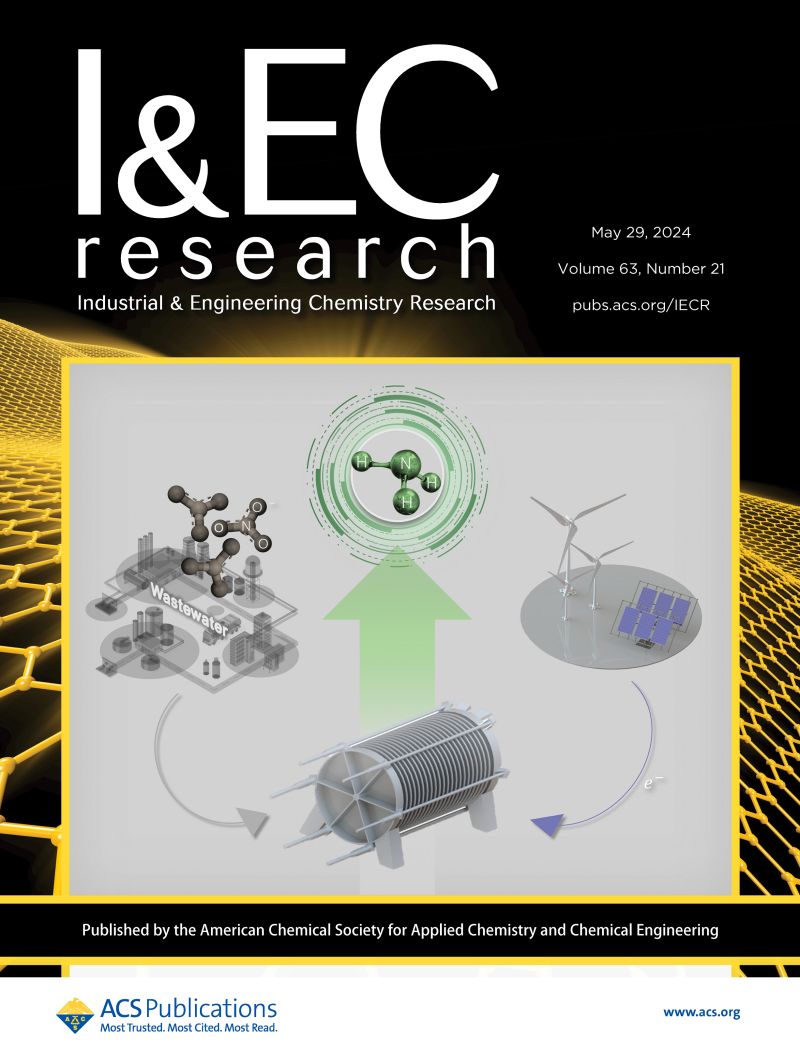Dynamic Process Flexibility Analysis Using Neural Networks and a Volumetric Flexibility Index
IF 3.8
3区 工程技术
Q2 ENGINEERING, CHEMICAL
引用次数: 0
Abstract
Uncertain parameters are common in real-world chemical processes due to inherent variations, underscoring the essential need for operational flexibility. In dynamic process systems, the feasible operation region evolves over time, complicating the assessment of flexibility. Current approaches for evaluating dynamic process flexibility are largely adaptations of techniques used for steady-state flexibility analysis, including the extended active set method and the extended vertex method. These strategies aim to identify the maximum allowable deviations of uncertain parameters from their nominal values. However, such conventional indices may lack reliability when the selected nominal point significantly deviates from the central position and/or when the feasible region exhibits nonconvex characteristics. In this paper, we propose a volumetric flexibility index to the dynamic systems and combine Physics-Informed Neural Network for Control (PINNC) and Convolutional Neural Network (CNN) to determine the flexibility index value. The PINNC model acts as a surrogate for the system’s dynamic model, while the CNN classification network model identifies the feasible region for uncertain parameters. The proposed framework effectively handles nonconvex feasible regions. Its effectiveness and advantages are highlighted through comparisons with existing methods.

求助全文
约1分钟内获得全文
求助全文
来源期刊

Industrial & Engineering Chemistry Research
工程技术-工程:化工
CiteScore
7.40
自引率
7.10%
发文量
1467
审稿时长
2.8 months
期刊介绍:
ndustrial & Engineering Chemistry, with variations in title and format, has been published since 1909 by the American Chemical Society. Industrial & Engineering Chemistry Research is a weekly publication that reports industrial and academic research in the broad fields of applied chemistry and chemical engineering with special focus on fundamentals, processes, and products.
 求助内容:
求助内容: 应助结果提醒方式:
应助结果提醒方式:


